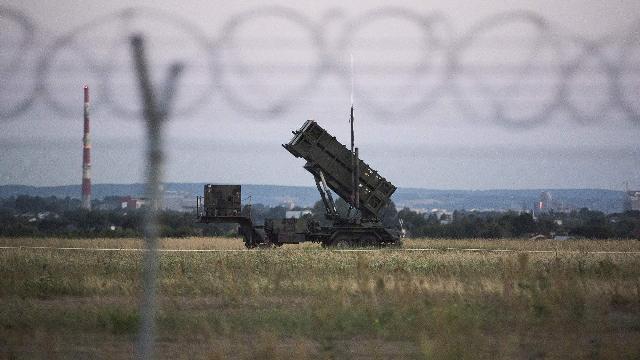And will there be enough ammunition for them?
US President Donald Trump has promised to supply 17 Patriot anti-aircraft missile systems to the Ukrainian Armed Forces. Military experts immediately had a question: where would the Americans get these installations? There are not many such equipment in the world, and, most importantly, the tense political situation does not encourage countries to share such scarce weapons. Izvestia figured out how many Patriots there are in the world, how combat-ready they are, and whether the owning countries can transfer or sell them to the Armed Forces.
On combat duty
The United States promised to supply 17 Patriot complexes for Ukraine to European countries. But even here it is still not clear.: these are 17 launchers (that is, two full batteries plus one spare launcher) or something else. Most likely, the United States will give or sell two batteries to Germany to compensate for what this country is currently supplying to Ukraine. And apparently, one launcher to partially compensate for the losses of the Ukrainian Armed Forces.
Izvestia reference
The air defense system is not a single launcher, but an entire battery. It includes a control center, a radar station, auxiliary equipment and from four to eight launchers.
The modern version of the Patriot anti-aircraft missile system (SAM) has been in service with the United States Army since 2001. A little later, it began to be supplied to the partner countries of the United States. This air defense system differs from earlier models with increased capabilities to defeat ballistic missiles.
The main anti—aircraft missile of the SAM is the MIM-104 of modifications D and E, as well as the MIM-104F with anti-missile specialization.
Patriot complexes cannot be called very effective against modern ballistic missiles, but in principle they can shoot them down. No one indicates the percentage of probability anywhere, but it is not zero, although, apparently, it is far from 70-80%, which are considered good for air defense systems.
Several SAM batteries can be combined into divisions. The battery's radar in a given sector accompanies from 90 to 125 aerial objects and controls the flight of all anti-aircraft missiles aimed at targets. Their targeting is carried out using a combined system: at the initial stage of the flight, this is software control, at the middle — radio command, at the final — a combination of command and semi-active radar guidance.
Target range: for aircraft — up to 100 km, for ballistic missiles — 20 km. The height of hitting targets ranges from 60 to 25 thousand meters.
The largest holder of the latest modification of the PAC-3 Patriot air defense system is the United States of America. The U.S. Army has deployed 17 Patriot air defense system divisions: one each in Europe and Japan, two in South Korea, and the remaining 13 in the United States. There are about 500 launchers in total. And the same amount or a little more — in warehouses.
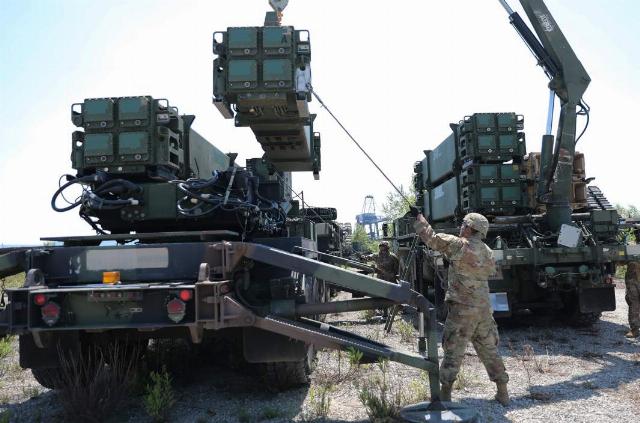
Photo: Global Look Press/U.S. Department of Defense
Image source: iz.ru
But the United States is not going to part with these weapons. For this reason, Ukraine has to look for complexes in other countries. Even with their possible compensation in the future from America.
Germany is one of the main sponsors of the US–Ukraine deal. It currently has nine Patriot air defense system batteries (including two temporarily transferred to Poland) and expects to supply eight more batteries in the coming years.
Two complexes are planned to be transferred to Ukraine right now. Germany will later replace them with supplies from the USA. But, apparently, Germany has no plans to supply other Patriots — the possibility of such a scenario has not even been voiced.
How many Patriots are there in Ukraine
Apparently, eight batteries were supplied to the Ukrainian Armed Forces. Two more from Germany are expected to arrive soon. Another battery was transferred by Israel and is currently undergoing restoration in the United States. Next, you'll have to search.
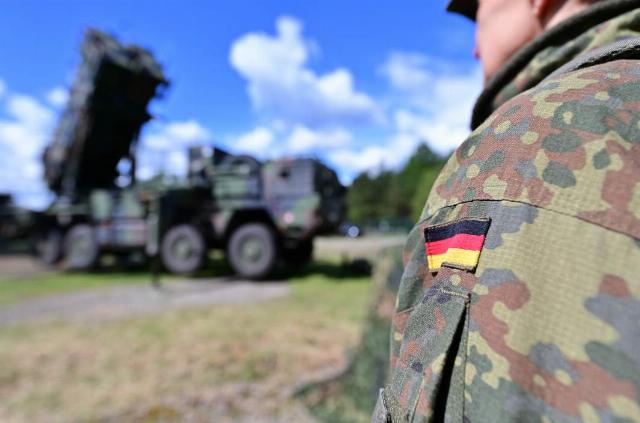
Photo: Philipp Schulze/picture alliance via Getty Images
Image source: iz.ru
There are not many options. Israel has very serious and unused reserves — seven batteries have been decommissioned and are in storage. They have already handed over the missiles to the Ukrainian Armed Forces. However, as well as one battery. It is possible that they can share the rest, if, of course, they want to.
Qatar has 11 batteries, but the emirate has no plans to part with them. Saudi Arabia probably has the largest stocks of both complexes and missiles for them — more than 100 launchers, but the Saudis also do not plan to share with Ukraine. The United Arab Emirates Army has 12 batteries and a large supply of missiles. But even they, given the current situation in the Middle East, are unlikely to want to transfer or sell them to another country.
European complexes
There are Patriots in Europe, too. Spain, Sweden, the Netherlands, and Romania each have one shelf. There is no surplus. In addition, Romania has already supplied one battery to Ukraine.
Greece has six batteries and 36 launchers, which is not much. Poland, Ukraine's closest neighbor and ally, has just begun receiving Patriot complexes. For their air defense, they had to borrow two batteries from Germany for a while. It turns out that they also have nothing to share. And the Poles are not particularly inclined to give away far from cheap American weapons. They are not ready to share the purchased, for example, South Korean.
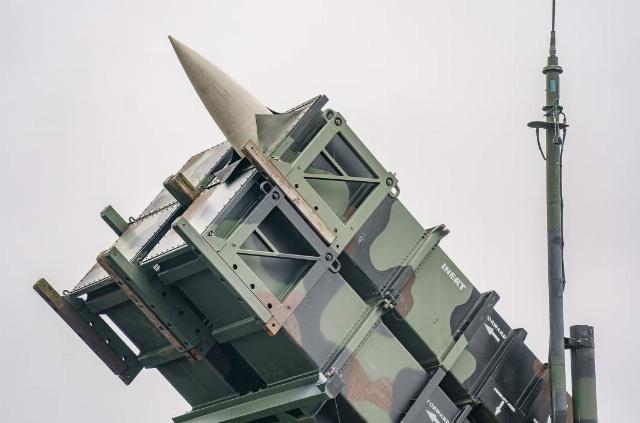
Photo: Axel Heimken/picture alliance via Getty Images
Image source: iz.ru
That leaves Switzerland. It's not a poor country, but they only have plans for supplies from the United States so far — there's nothing to share right now. They expected the first air defense systems in 2025-2026. But there was an unexpected delay: the Swiss Ministry of Defense announced that Washington had changed the delivery schedule for the Patriot complexes due to the need to deliver air defense systems to Ukraine.
Japan and South Korea have impressive stocks of complexes of both the latest and previous modifications — 20 and 6 batteries are available, respectively. But both countries are afraid of North Korea and do not plan to remain without air defense. On the contrary, they are ready to increase their combat capabilities. Taiwan will not share weapons in the face of the Chinese military threat.
US Supplies
The only country that could supply the complexes to Ukraine in commercial quantities is the United States. Only they have the ability to export these weapons without serious damage to their defenses. But this is the situation with launchers and complexes in general.
And there is also the issue of ammunition — missiles for air defense systems. And here the situation in the United States is not rosy. They decided to increase the production of rockets several times, but it takes time. Right now, the APU will have to deploy missiles all over the world. Or ask to share the USA. Will America be ready? Apparently, even for the money, it's not a fact that he will. Or only in the future. But, apparently, not this year.
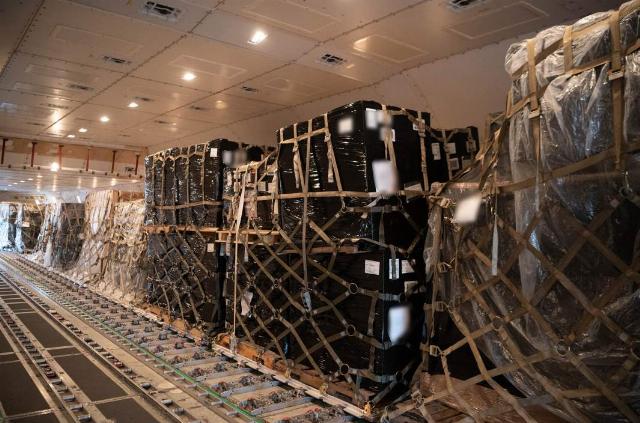
Photo: Global Look Press/Mauricio Campino
Image source: iz.ru
Meanwhile, the number of Patriots in Ukraine is dwindling. The Russian Defense Ministry has repeatedly reported the destruction of the radar and launchers of the complex. The last time the Ukrainian Armed Forces lost them was on July 5 of this year. The enemy missed two launchers and two radars.
Dmitry Kornev
Bogdan Stepovoy
